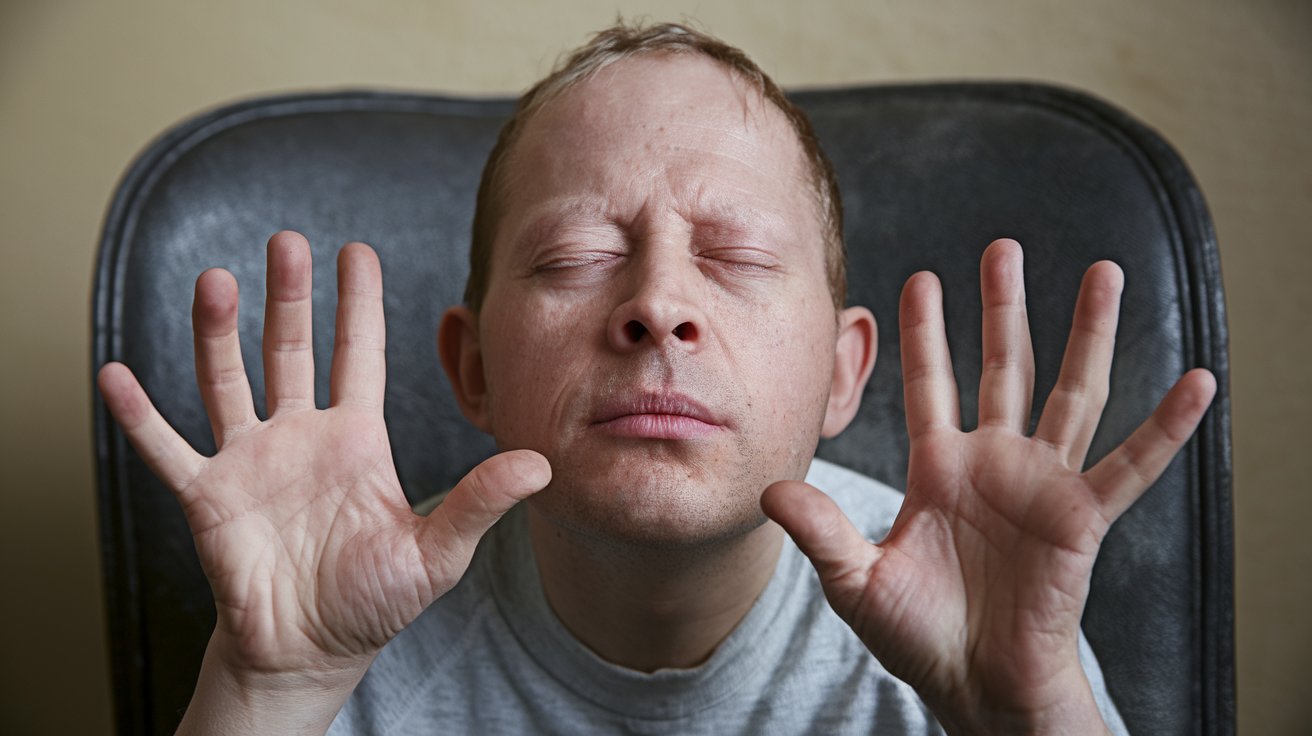
Cortical Blindness Mental Retardation Polydactyly is a rare genetic disorder that affects multiple systems in the body. Cortical blindness refers to vision loss caused by damage to the brain's visual processing centers, not the eyes themselves. Mental retardation involves significant limitations in intellectual functioning and adaptive behavior. Polydactyly means having extra fingers or toes. This complex condition can present unique challenges for those affected and their families. Understanding the symptoms, causes, and potential treatments is crucial for managing the disorder effectively. This article will provide 25 essential facts to help you grasp the intricacies of this multifaceted condition.
Key Takeaways:
- Cortical blindness is when the brain's visual processing centers are damaged, causing vision loss despite healthy eyes. It can result from various factors like stroke or brain injury.
- Understanding and addressing the unique challenges of cortical blindness, intellectual disability, and polydactyly requires a holistic approach involving assistive technologies, special education, and family support.
Understanding Cortical Blindness
Cortical blindness is a condition where the brain's visual processing centers are damaged, leading to vision loss despite healthy eyes. This condition can be complex and multifaceted.
- Cortical blindness results from damage to the occipital lobe, the brain's visual processing center.
- Individuals with cortical blindness may still respond to light and movement, a phenomenon known as "blindsight."
- Causes include stroke, traumatic brain injury, infections, or congenital brain malformations.
- Unlike other forms of blindness, the eyes and optic nerves remain intact and functional.
- Diagnosis often involves brain imaging techniques like MRI or CT scans to identify damage.
Exploring Mental Retardation
Mental retardation, now more commonly referred to as intellectual disability, involves limitations in intellectual functioning and adaptive behavior. This condition affects everyday social and practical skills.
- Intellectual disability is characterized by an IQ below 70-75.
- It can be caused by genetic conditions, problems during pregnancy, birth complications, or environmental factors.
- Early intervention and special education programs can significantly improve outcomes.
- Intellectual disability is classified into mild, moderate, severe, and profound categories based on the level of support needed.
- People with intellectual disabilities often have co-occurring conditions like epilepsy or autism.
Unveiling Polydactyly
Polydactyly is a congenital condition where a person has extra fingers or toes. This anomaly can vary widely in its presentation and impact.
- Polydactyly can occur on one or both hands or feet.
- It is often inherited in an autosomal dominant pattern, meaning only one parent needs to pass on the gene.
- Extra digits can be fully formed and functional or small, non-functional nubs.
- Surgical removal of extra digits is common, especially if they interfere with function.
- Polydactyly can occur as an isolated condition or as part of a syndrome involving other anomalies.
The Intersection of These Conditions
Cortical blindness, intellectual disability, and polydactyly can sometimes occur together, often as part of a broader genetic syndrome. Understanding their interplay is crucial for comprehensive care.
- Joubert syndrome is one example where these conditions may co-occur.
- Genetic testing can help identify syndromes that include these features.
- Multidisciplinary care teams are essential for managing complex cases involving multiple conditions.
- Early diagnosis and intervention can improve quality of life and developmental outcomes.
- Support groups and resources are available for families dealing with these conditions.
Living with Multiple Conditions
Managing multiple conditions like cortical blindness, intellectual disability, and polydactyly requires a holistic approach. Each condition presents unique challenges and requires tailored strategies.
- Assistive technologies can help individuals with cortical blindness navigate their environment.
- Special education programs can address the learning needs of those with intellectual disabilities.
- Occupational therapy can help improve fine motor skills in individuals with polydactyly.
- Family support and counseling are crucial for coping with the emotional and practical challenges.
- Ongoing research aims to better understand these conditions and develop more effective treatments.
Final Thoughts on Cortical Blindness, Mental Retardation, and Polydactyly
Cortical blindness, mental retardation, and polydactyly are complex conditions that impact many lives. Understanding these conditions helps in providing better care and support. Cortical blindness occurs due to damage in the brain's visual processing areas, not the eyes themselves. Mental retardation, now more commonly referred to as intellectual disability, affects cognitive functioning and adaptive behaviors. Polydactyly, the presence of extra fingers or toes, can be a standalone condition or part of a syndrome.
Awareness and education about these conditions can lead to early diagnosis and intervention, improving quality of life. Medical advancements continue to offer hope for better treatments and support systems. By staying informed, we can contribute to a more inclusive and understanding society. Remember, knowledge is power, and every bit of information helps in making a difference.
Frequently Asked Questions
Was this page helpful?
Our commitment to delivering trustworthy and engaging content is at the heart of what we do. Each fact on our site is contributed by real users like you, bringing a wealth of diverse insights and information. To ensure the highest standards of accuracy and reliability, our dedicated editors meticulously review each submission. This process guarantees that the facts we share are not only fascinating but also credible. Trust in our commitment to quality and authenticity as you explore and learn with us.
